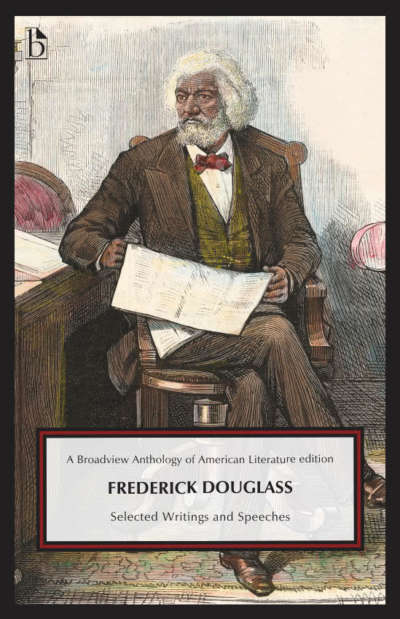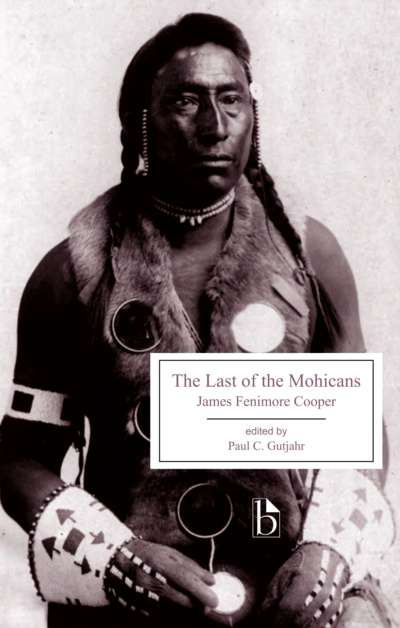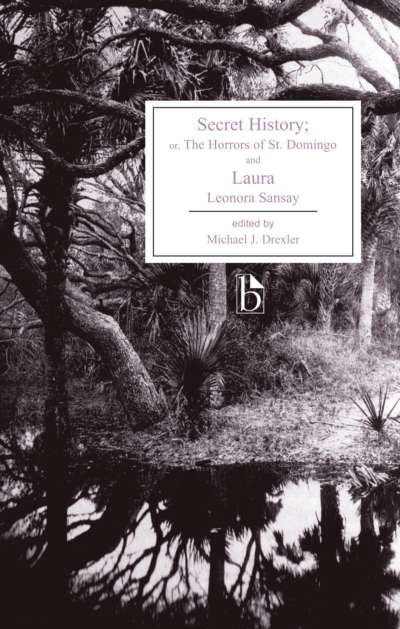
As nearly all of its reviewers pointed out, Clotel was an audience-minded performance, an effort to capitalize on the post—Uncle Tom’s Cabin “mania” for abolitionist fiction in Great Britain, where William Wells Brown lived between 1849 and 1854. The novel tells the story of Clotel and Althesa, the fictional daughters of Thomas Jefferson and his mixed-race slave. Like the popular and entertaining public lectures that Brown gave in England and America, Clotel is a series of startling, attention-grabbing narrative “attractions.” Brown creates in this novel a delivery system for these attractions in an effort to draw as many readers as possible toward anti-slavery and anti-racist causes. Rough, studded with caricatures, and intimate with the racism it ironizes, Clotel is still capable of creating a potent mix of discomfort and delight.
This edition aims to make it possible to read Clotel in something like its original cultural context. Geoffrey Sanborn’s Introduction discusses Brown’s extensive plagiarism of other authors in composing Clotel, as well as his narrative strategies within the novel itself. Appendices include material on slave auctions, contemporary attractions and amusements, and the topic of plagiarism more broadly.
Comments
“Exquisitely curated with appropriate supporting documents and furnished with an expert introduction, Geoffrey Sanborn’s edition of William Wells Brown’s Clotel will prove to be a welcome text to students and generalists interested in the literature and history of chattel slavery in the US, as well as to specialists working in African-American Studies.” — Ivy Wilson, Northwestern University
“Geoffrey Sanborn’s edition of Clotel offers readers a clear understanding of its richness, complexity, and value to American literature. In a lucid introduction that allows us to understand Brown’s work in relation to his contemporaries, and in meticulously researched notes and appendices, Sanborn invites twenty-firstcentury audiences to experience the pleasure and power of Clotel.” — Tess Chakkalakal, Bowdoin College
Acknowledgements
Introduction
William Wells Brown: A Brief Chronology
A Note on the Text
Clotel; or, The President’s Daughter
Appendix A: Contemporary Reviews
- “Clotel,” Hereford Times (17 December 1853)
- “Clotel,” Pennsylvania Freeman (29 December 1853)
- “W.W. Brown’s New Work,” National Anti-Slavery Standard (31 December 1853)
- “Clotel,” Anti-Slavery Advocate (January 1854)
- “Clotel,” Tait’s Edinburgh Magazine 21 (January 1854)
- “Clotel,” Bristol Mercury (28 January 1854)
- [William Lloyd Garrison,] “New Work by William Wells Brown,” Liberator (3 February 1854)
Appendix B: Slave-Auction Scenes
- From [William Lloyd Garrison,] “A Scene at New Orleans,” Liberator (21 September 1838)
- H.S.D., “An Auction,” National Anti-Slavery Standard (20 March 1845)
- “Slave Auction Scene,” Anti-Slavery Reporter (1 December 1846)
- From “The Case of Two Slave Girls,” Christian Watchman (2 November 1848)
- From “Visit to a Slave Auction,” Frederick Douglass’ Paper (2 February 1855)
Appendix C: The Aesthetic of Attractions
- From [Gamaliel Bailey,] “Popular Amusements in New York” National Era (15 April 1847)
- “Mechanical Museum—Lafayette Bazaar,” New York Evening Post (22 December 1847)
- From “Banvard’s Panorama of the Mississippi and Missouri Rivers,” Illustrated London News (9 December 1848)
- From George Washington Bungay, Crayon Sketches and Off-Hand Takings (1852)
Appendix D: Brown and His Audiences
- From “The Anniversaries,” New York Herald (9 May 1849)
- From “Address from W.W. Brown, an Escaped Slave,” Norfolk News (4 May 1850)
- From “Third Anniversary of the New York Anti-Slavery Society,” National Anti-Slavery Standard (16 May 1856)
- From “Speech of William Wells Brown,” National Anti-Slavery Standard (26 May 1860)
Appendix E: Plagiarism
- From [James Frederick Ferrier,] “The Plagiarisms of S.T. Coleridge,” Blackwood’s Magazine 47 (March 1840)
- From “Plagiarism,” New-York Mirror (15 January 1842)
- Untitled article, Caledonian Mercury (18 November 1852)
- From untitled article, London Times (22 November 1852)
- From “Stop Thief!” Fife Herald (25 November 1852)
- From William Wells Brown, “Letter from William W. Brown,” Frederick Douglass’ Paper (10 June 1853)
- From Thomas Montgomery, Literary Societies, Their Uses and Abuses (1853)
- From “Plagiarism: Especially That of Coleridge,” Eclectic Magazine 32 (August 1854)
Select Bibliography
Geoffrey Sanborn is Professor of English at Amherst College.














